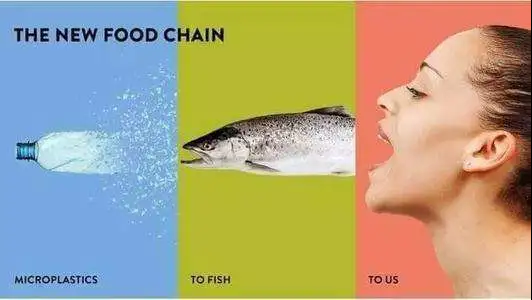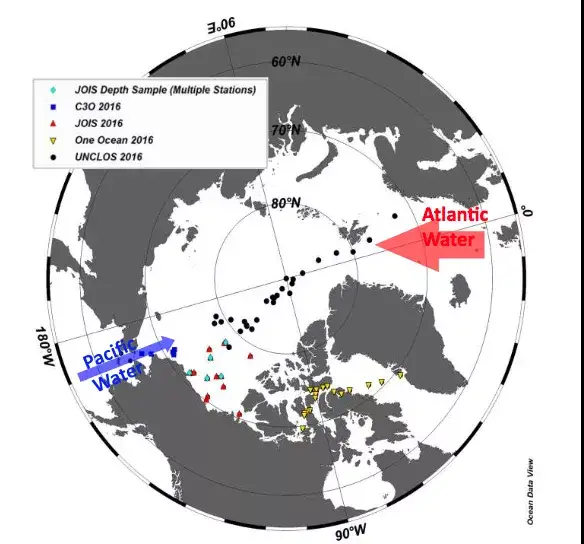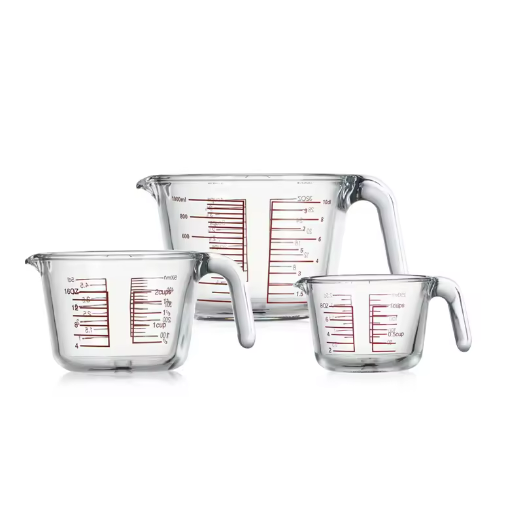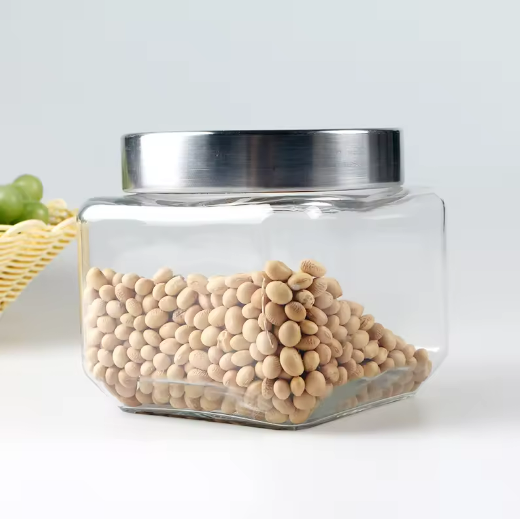Preface: In the process of writing this article, the author deeply realizes that “environmental protection” is not only to save the earth, but also to save oneself! By being environmentally friendly, one can immediately reduce the amount of microplastics consumed.
Today is World Earth Day, and the theme of this year’s Earth Day is “Planet vs. Plastics”. The impact of plastics on humanity is simply too great!
Main text:
In daily life, we come into contact with many plastic tableware
I went to the coffee shop and ordered a hot latte as usual. The disposable paper cup feels very comfortable to the touch and comes with a hand warming effect in winter.
At 8 pm, a one year old baby began to cry on a routine basis and accidentally filled a plastic bottle with 100ml of milk powder. After finishing, the baby went to sleep with a full stomach.
Is this your daily routine? But you know, we unknowingly consume a lot of plastic in our daily lives!
01
Eat one credit card every week!
Do you know how to use credit cards?
I don’t think anyone wants to eat a plastic credit card, but we just eat it every day!
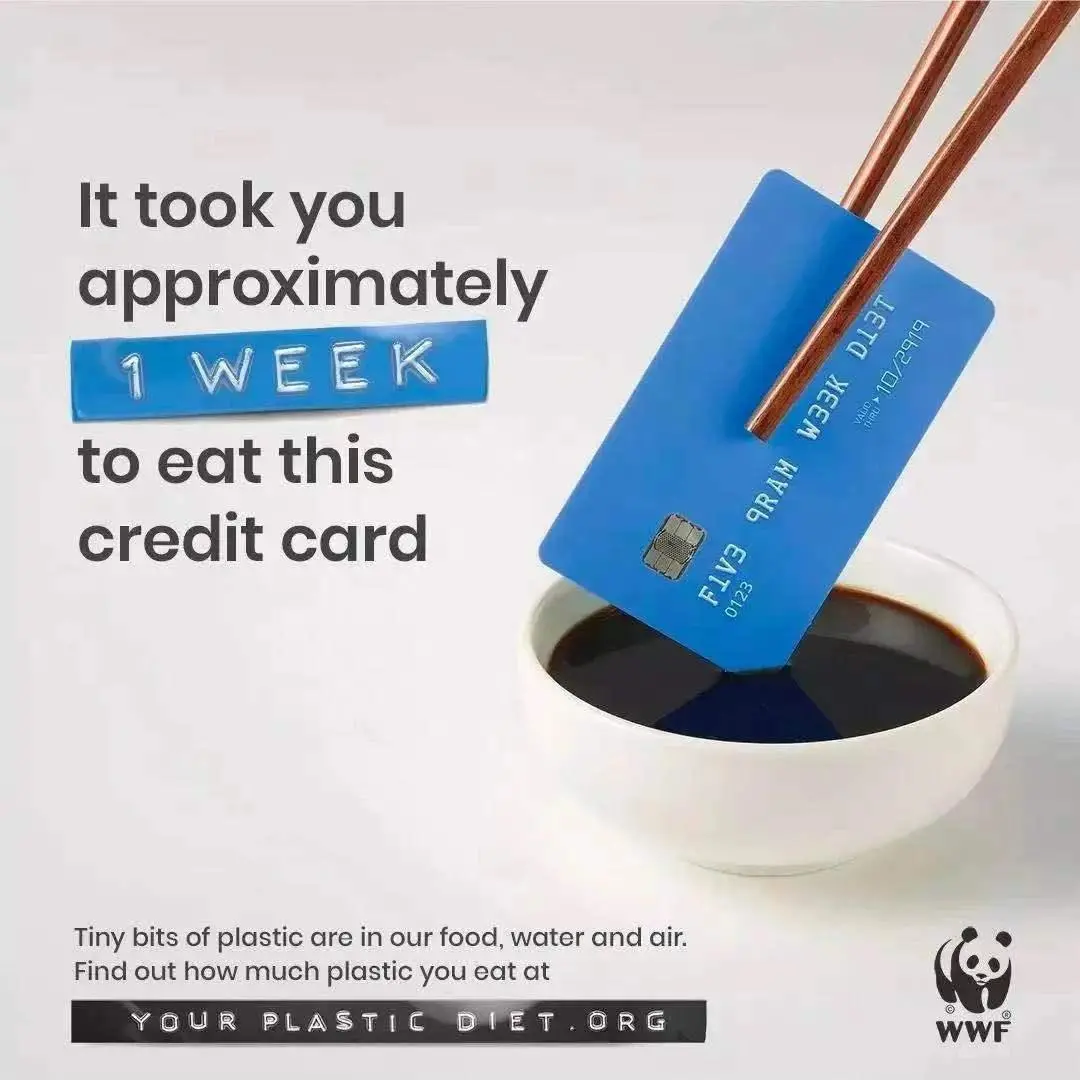
Scientists have proven that when hot water rushes into a disposable paper cup, tens of thousands of microplastics are immediately released! The higher the water temperature, the more microplastics are released!
Dr. Sudha Goel, the corresponding author of the study and the School of Environmental Science and Engineering at the Indian Institute of Technology, said, “A paper cup containing hot coffee or tea will have its microplastic layer degraded within 15 minutes. It will release at least 25000 micrometer sized particles into hot drinks.”.
Ordinary people who drink three cups of tea or coffee from disposable paper cups every day will consume 75000 invisible plastic particles
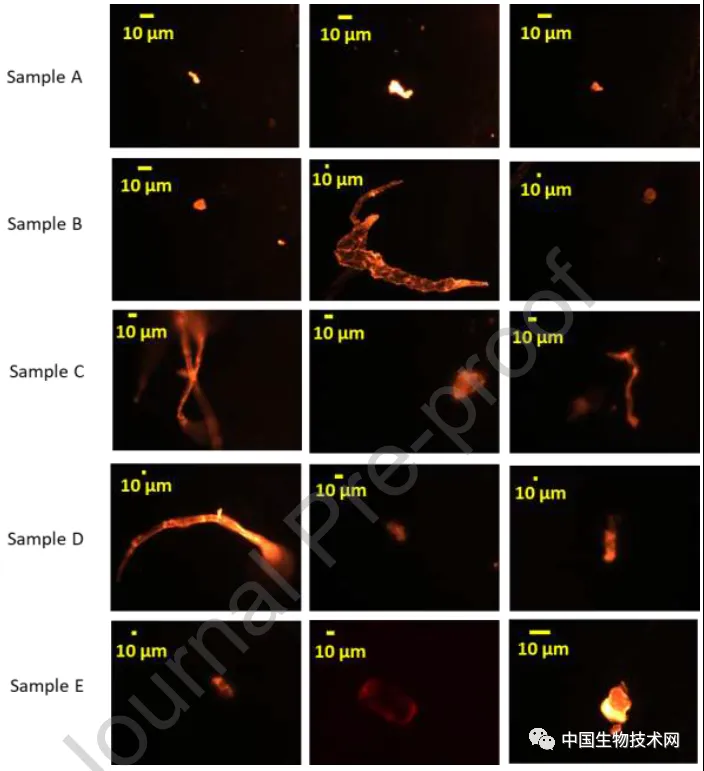
Microplastics observed under a 20x fluorescence microscope after the paper cup is left to stand for 15 minutes
And the most unsettling thing is that in this experiment, analysis of the plastic film revealed the presence of heavy metals!
The microplastic pollution caused by disposable paper cups is astonishing, and food will not be much better.
Among all foods, meat, especially marine aquatic products, is a high-risk area for microplastics. In marine aquatic products, shellfish and various mollusks contain the highest amount of microplastics.
Researchers analyzed over 50 reports on microplastic (MPs) pollution in fish and shellfish from 2014 to 2020. It was found that microplastics exist in various parts of marine animals, such as the intestines and liver.
Among them, large fish and mammals only digest a portion of the plastic, and most of it is excreted; And mollusks such as oysters, mussels, and scallops digest all the plastic they ingest. The estimated maximum annual intake of the human body is close to 55000 microplastic particles.
Apart from adults eating microplastics every day, even children who are loved by their families cannot be spared.
Research has found that during the simulation of “brewing milk powder”, the number of microplastic particles released from baby bottles made entirely of PP material reached approximately 1.31 million to 16.2 million per liter. When using boiling water to brew milk powder, microplastic particles can reach 55 million per liter.
That is to say, every sip of milk powder brewed in PP plastic bottles by the baby is equivalent to eating at least 10000 microplastics!
In addition to disposable items, we often use nylon tea bags, plastic packaged drinking water, disposable tableware, disposable straws, and so on in our daily lives. These are all major producers of microplastics!
Experts have speculated through experiments that the average person eats 5g of microplastics every week, which is about the amount of a credit card!
Those who love seafood and are accustomed to using disposable paper cups and tableware will even double their chances!
02
Plastic is with humanity!
Plastic is definitely an important invention of humanity. It exists in every aspect of our lives.
The various synthetic fibers in clothes are made of plastic, and tableware is made of plastic. Family life is filled with various plastic products. Plastic is essential for every wire in a car, from the interior to the engine.
It can be said that without plastic, there would be no modern civilization, but for the sake of convenience, humans have produced a large number of disposable plastic products, which is a disaster for the world and for humanity as well.
The reason why plastic was created by humans is because its molecular structure is very stable and difficult to decompose in the natural environment. But it is precisely this stability that has caused trouble.
In nature, plastic is extremely difficult to degrade and can only be broken down. Even if it is broken down into extremely small particles at the nanoscale, plastic will remain strong and maintain its stability. So they began to spread all over the world!
Humans have discovered plastic in the Arctic.
Peter Ross and colleagues from the Ocean Wise Conservation Association in Vancouver, Canada recorded near surface seawater (3 to 8 meters below surface) at 71 sites in the Arctic (including the North Pole) in Europe and North America in 2016, all of which were found to be contaminated with microplastics.
Traces of microplastic pollution were found on the platform of Mount Everest at an altitude of 8440 meters, which is also the highest known terrestrial microplastic. From the summit of the world to the deepest trench in the world, microplastics can be said to be ubiquitous.
Even microplastics exist in the air.
In a study published in the Proceedings of the National Academy of Sciences (PNAS) in April 2021, an international research team led by the University of California, San Diego, found that there are currently 1100 tons of microplastics floating over the western United States. These non biodegradable polymers will continue to circulate in the Earth’s system.
Human beings have been completely surrounded by plastic, even unborn babies have not been spared.
In January 2021, a study published by Environment International provided “solid evidence” that plastics have captured the human placenta. Researchers analyzed the placenta of six healthy pregnant women aged 18 to 40, and found the presence of microplastics in four of the six placentas.
It can be said that plastic has completely surrounded us, from the inside out!
03
Microplastics that gather to cause trouble
Some people may ask, since microplastics are difficult to decompose, shouldn’t they have any impact on the human body?
Indeed, the vast majority of microplastics are not troublemakers, but they are organizers who gather dangerous individuals in the human body around them!
Firstly, microplastics will become new virus carriers.
According to a study published in the Journal of Hazardous Materials, scientists have found that pathogenic bacteria in wastewater are likely to adsorb and multiply on microplastics, which can increase their drug resistance by 30 times.
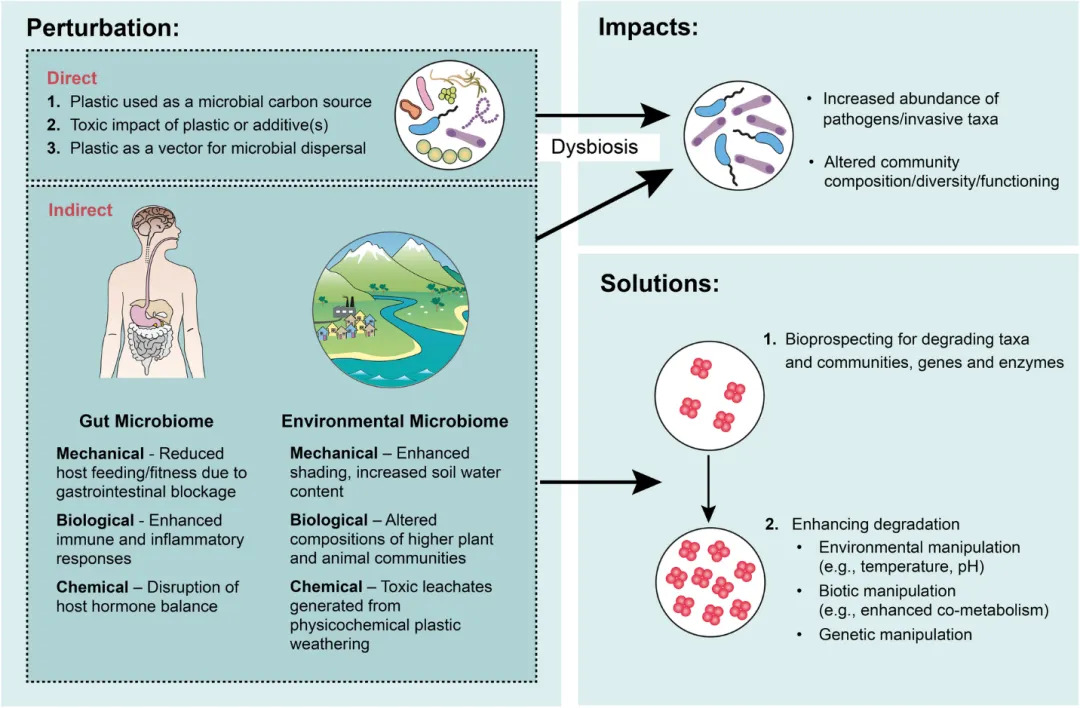
Secondly, microplastics can carry viruses and spread them everywhere.
In the current global fight against the epidemic, the most worrying thing is that microplastics may become a medium of disease transmission, spreading pathogens from one region to another. Microplastics are the means of transportation for viruses and bacteria.
And this type of transportation can also travel across continents!
A study in the Proceedings of the National Academy of Sciences (PNAS) suggests that, like the global biogeochemical cycle, plastics hover over different atmospheres, oceans, ice layers, and land. Researchers estimate that microplastics stay in the air for less than a week, which is enough to allow them to cross continents and oceans.
After microplastics enter the human body, they are prone to adsorbing heavy metals, causing hormonal imbalances in the body. It will also become a base for various viruses.
In addition, some printed materials produced with microplastics are inherently toxic, with the most common being phthalates.
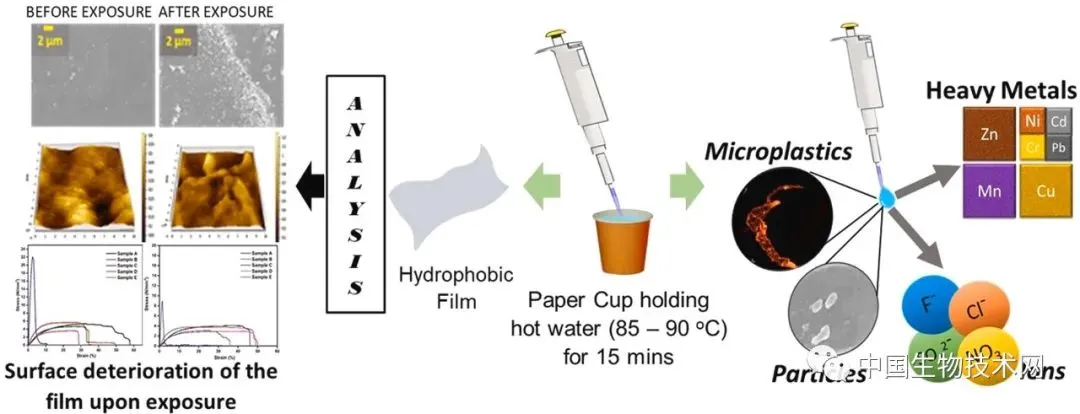
Researchers in Beijing found that in 2010 alone, the number of male infertility, adult obesity and diabetes caused by exposure to phthalate chemicals in China was about 2.5 million, and the medical cost was about 57.2 billion yuan; Among them, naphthyl phthalate has the most significant effect on male infertility, followed by adult obesity and diabetes.
These are all thanks to microplastics, and the time for human discovery and research on microplastics is still short. What harm it can cause remains to be explored!
04
Environmental protection is about loving oneself!
I have searched a lot of information and found that it is no longer possible to eliminate microplastics. Everything we eat, drink, wear, and even breathe contains microplastics!
All we can do is reduce the amount of microplastics we consume every day. By taking the following actions, we can significantly reduce the amount of microplastics we consume every day!
1. Bring your own utensils, cups, and straws. Do not use disposable cups and utensils, and paper ones are also not acceptable.
The use of disposable water cups and disposable plastic tableware is the primary reason for ingesting microplastics. Paper tableware also contains plastic components. Drinking hot coffee from a disposable paper cup can result in 100000 units of microplastics entering our bodies.
2.Use glass, ceramic, or metal tableware, water cups, and of course, bring your own stainless steel or glass straws when drinking beverages.
3.Do not use plastic bottles to feed babies, and do not continuously disinfect silicone nipples with high temperatures.
All plastic baby bottles will produce over 100000 microplastics under high temperature disinfection or brewing. High temperature heated silicone pacifiers are also a major producer of microplastics, and each high-temperature disinfection will cause the surface of silicone pacifiers to decompose and produce a large amount of microplastics.
Try to choose milk bottles made of glass bottles and use rubber nipples as much as possible. If you are afraid of breaking it, you can put a layer of silicone shell outside the bottle.
In reducing plastic pollution, loving oneself and loving the world are unified.
Let’s start from the little things in life!
Reference:
Microplastics and other hazardous substances released from disposable paper cups into hot water
Microplastic Contamination of Seafood Intended for Human Consumption: A Systematic Review and Meta Analysis
Microplastic release from the degradation of polypropylene feeding bottoms during infant formula preparation
Permanent distribution of polyether fibers in the Arctic Ocean is driven by Atlantic inputs
Receiving New Heights in Plastic Pollution – Preliminary Findings of Microplastics on Mount Everest
Training the atmospheric limb of the plastic cycle
Microplastics as hubs enriching antimicrobial resistant bacteria and pathogens in municipal activated sludge
Plastics and the microbiome: impacts and solutions
Reproduction:sushixingqiu
recommend environmentally friendly products to you


